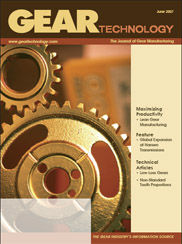Google “lean manufacturing” and you will find a virtually endless font of information regarding formal lean implementation. You’ll see definitions for Japanese words such as kaizen, gemba, muda, mura, kanban, and so on. You will also find other variations or iterations of lean, e.g.: Six Sigma, Lean Sigma, TPS (Toyota Production System), TOC (Theory of Constraints), JIT (Just in Time), and others.
